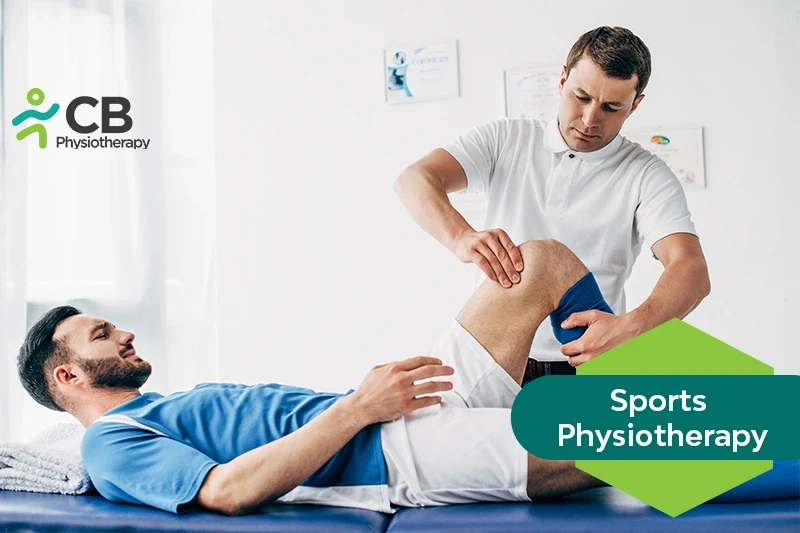
Most of the physiotherapy centers do offer help in tackling different cardiopulmonary issues. They do work on ways to improve the breathing and endurance levels of athletes that enable them to perform their day-to-day activities in a better way. Most sports therapists do offer benefits when it comes to spinal cord injury treatment, several sclerosis, neurological disorders, etc. Sports physiotherapists do have the right equipment and knowledge to help in addressing persistent, severe, and overuse injuries. They do play an important role in any sportsperson's performance and health.
Depending on the kind of injury, it takes a number of weeks or months for one to recover completely. A physiotherapist helps one with gentle exercises that stimulates the tissues and muscles of the injury for the restoration of complete physical movement prior to the injury level. The physiotherapists gradually introduce various stretching and strengthening exercises with the reduction of pain. Sports physiotherapists offer customized recovery programs as per the type of injury, so as to better facilitate the entire recovery process.
Select your City to find & connect with our experts regarding Physiotherapy for Sports Physiotherapy